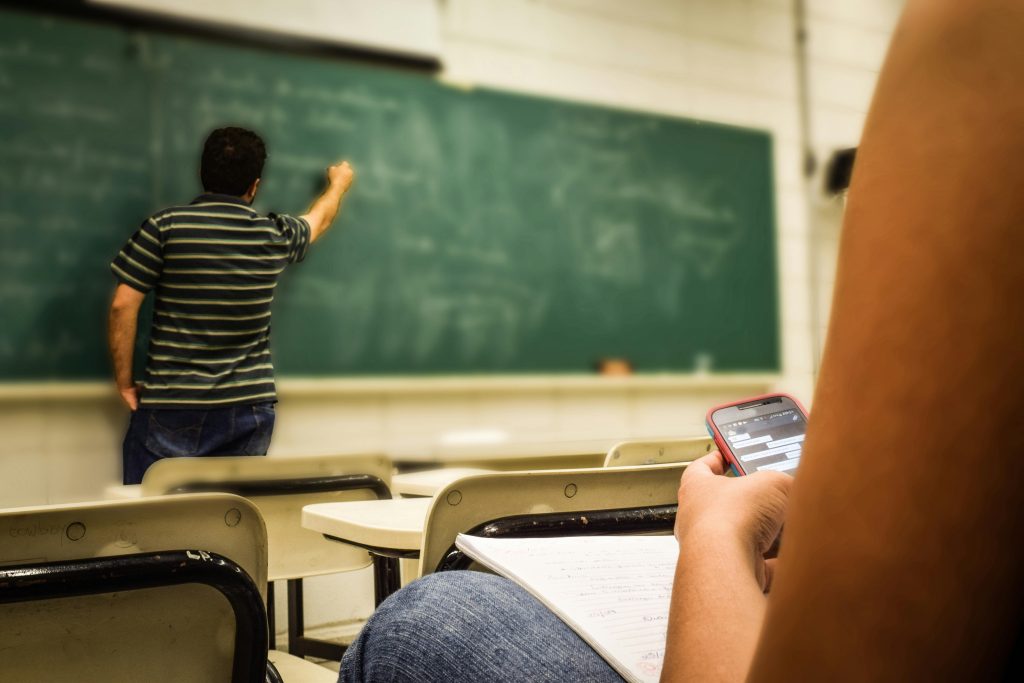
How to bridge the digital gap in education: With about 300 million students enrolled in schools and colleges in India, a lack of digital skills can restrict their ability to compete in a digital world. This disparity, the digital divide, is especially pronounced in the nation’s semi-urban and rural areas, which are characterised by a large concentration of low socioeconomic communities and a lack of connectivity.
The lack of digital skills among the country’s youth is especially concerning, as it coexists with a rapidly expanding employment market in which 90% of positions already include a digital component. While the pandemic highlighted the importance of digital infrastructure, the great digital divide warrants a renewed focus on physical education backed by strong digital infrastructure.
This shift towards a “phygital” approach, with a primary focus on the physical mode of education, is the need of the hour to provide a more holistic learning experience for students.
Also read:Study Abroad: The Do’s and Don’ts of Student Visa Application
Scrutiny on online education
A study by Hewlett Packard India Future of Learning 2022, revealed an overwhelming preference for a blended model of education amongst students, teachers, and educators. Furthermore, the latest guidelines by the University Grants Commission (UGC), in its draft guideline requires students to pursue a course through “regular, in-person instruction”, and not through online or distance learning. Online course providers are now pivoting offline by setting up centres and distribution channels.
This is further illuminated by a recommendation from UNESCO, based on the 2023 Global Education Monitoring Report. This world body on education issued a warning on the usage of phones in classrooms and analysed the “negative link” between the uncontrolled use of mobile phones and student performance. The UNESCO report also highlights the inequalities created by digital learning and has urged countries to set their standards in using technology for education purposes.
Go offline to improve soft skills
There are some aspects of offline education that cannot be fulfilled digitally. For instance, offline classes provide students with the opportunity to engage in hands-on learning, access expert faculty for guidance and have greater involvement, face-to-face, with their teachers, thus enhancing their learning experience. It also helps in developing soft skills, such as time management and social interaction.
Offline education has emerged as a crucial tool for bridging the digital divide and enhancing educational opportunities in Tier 2 and 3 cities. Despite the rapid expansion of technology, many regions still lack reliable internet connectivity, which inhibits access to quality educational content. Offline education provides an alternative solution by delivering educational materials through offline modes such as CDs, DVDs, or USB drives.
Also read: Crack the exam code with these 9 super tips
This approach allows students in remote areas to access high-quality educational content without the need for a stable internet connection. Additionally, offline education ensures that students can learn at their own pace and revise topics repeatedly until they fully grasp them. By providing comprehensive study materials offline, this mode of education empowers learners with valuable resources that would otherwise be inaccessible due to infrastructural limitations.
Online vs offline: Education must remain top priority
While a hybrid set-up, especially in Tier 2 and 3 cities, can be of great assistance to students, various EdTech companies are partnering with established offline coaching institutes to leverage their existing infrastructure and reach a larger student population. From experiential learning to personalised interactions, a student can harness the flexibility of both worlds. Where these cities lack in providing access to quality education but have a digital connection, students can benefit from online learning as well as attending centres for enhanced learning and retention.
Also read:Expert’s view on how to prepare for the Board Examinations
As we progress and address the digital disparity in Tier 2 and 3 cities towards broadening the education horizon, offline learning must still be a part of it. In India, where around 60% of school children lack access to remote learning materials, offline education plays a crucial role in giving them access to resources, a high-quality education, and individualised attention and assistance from teachers.
Additionally, offline learning gives students the chance to practise critical behavioural skills like problem-solving, collaboration, and communication. While digital education is becoming increasingly important, offline education is still necessary for providing holistic education to students in India’s tier 2 and 3 cities.
By Piyush Nangru, Co-founder and COO, Sunstone.



